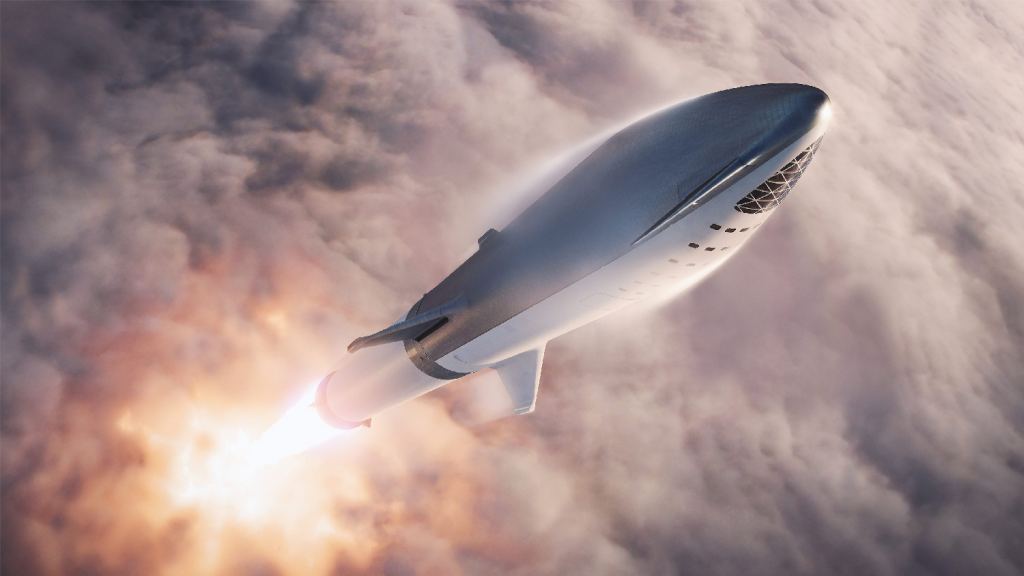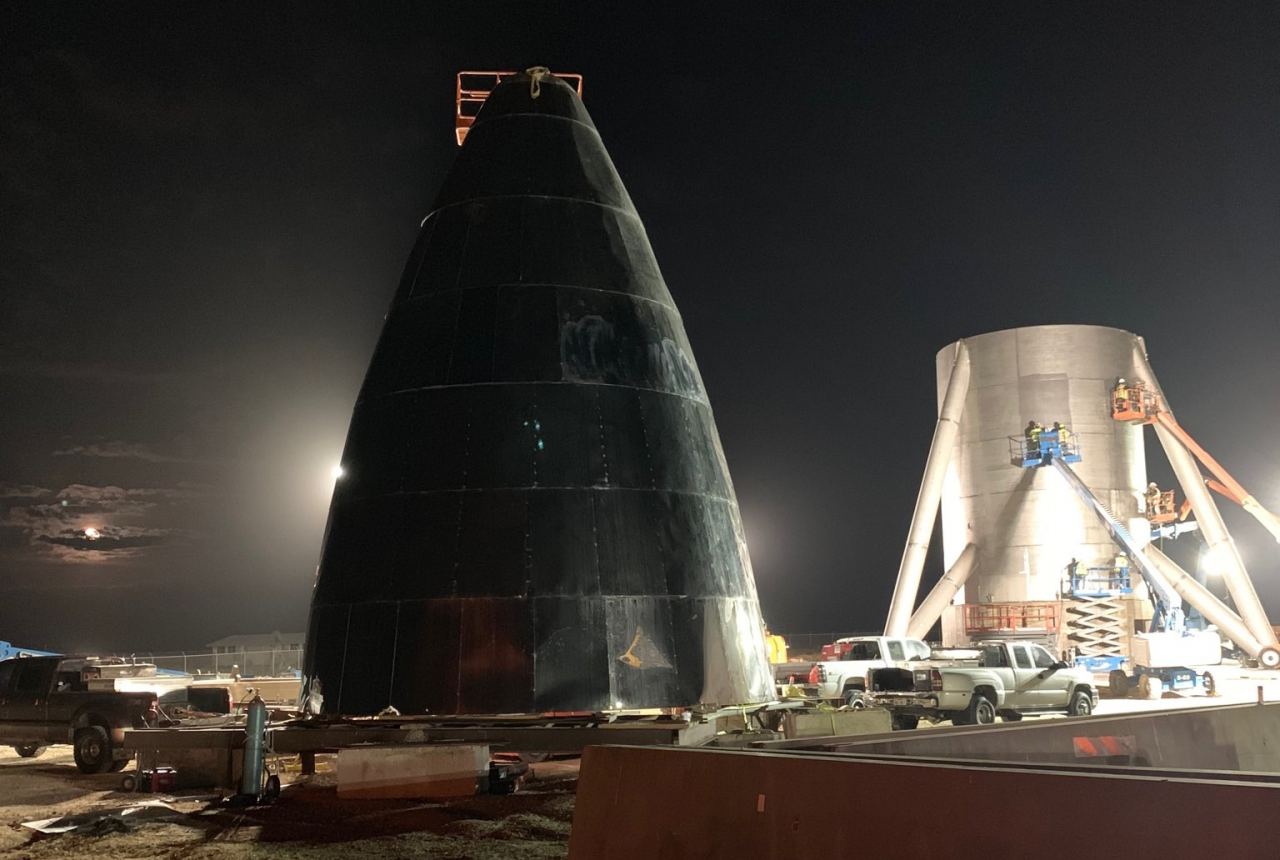The milestones just keep coming for SpaceX. After the recent successful test flight of the Crew Dragon capsule, another of SpaceX’s ventures is about to meet its own milestone. The SpaceX Starhopper could have its first test flight as soon as this week.
SpaceX hasn’t exactly come right out and announced that they will test fire and test hop the Starhopper, but all the clues are pointing to it. They’ve notified local residents near their still-under-construction launch facility near Brownsville Texas that they’re establishing a “safety zone perimeter” in coordination with law enforcement agencies.
As with many of SpaceX’s activities, the trail of tweets tells the tale. On March 16th, TJ Cooney tweeted this:
Then on March 17th, Elon Musk told us that the first Starship Hopper tests will be done with only one Raptor engine.
Musk added to the anticipation when he said that the first Starship Hopper test wouldn’t require a nosecone. The nosecone was destroyed in high winds in January.
Starship Hopper’s first test will be a very short hop, executed while the spacecraft is tethered to the ground.
SpaceX is Testing the Heat Shields Too
SpaceX is developing special hexagonal heat shields to protect the Starship Hopper during re-entry. Musk recently tweeted this video showing the shields being heated to 1,650 degrees Kelvin (1376 C; 2500 F).
The tiles will be mounted on the leading re-entry edge of the Starship Hopper, while the trailing edge will have no tiles. They’re hexagonal in shape for a reason. According to Musk, they’re hexagonal so there’s “no straight path for hot gas to accelerate through the gaps.”
Another feature designed to protect the spacecraft from the heat of re-entry is the transpiration cooling system. The system will be installed only on the hottest sections. It has microscopic pores in the exterior that release water or methane which cools the surface. It’ll minimize any damage to the tiles themselves, meaning the spacecraft could quickly be prepared for another flight just by refilling the cooling system’s reservoirs.
The Starship is designed to eventually carry up to 100 people to Mars and back. It’s powered by a massively powered booster called the “Super Heavy,” though it will use SpaceX’s Raptor engines for these test flights.


